10 Music Genres That Had Their Moment in the Spotlight—Then Faded Fast
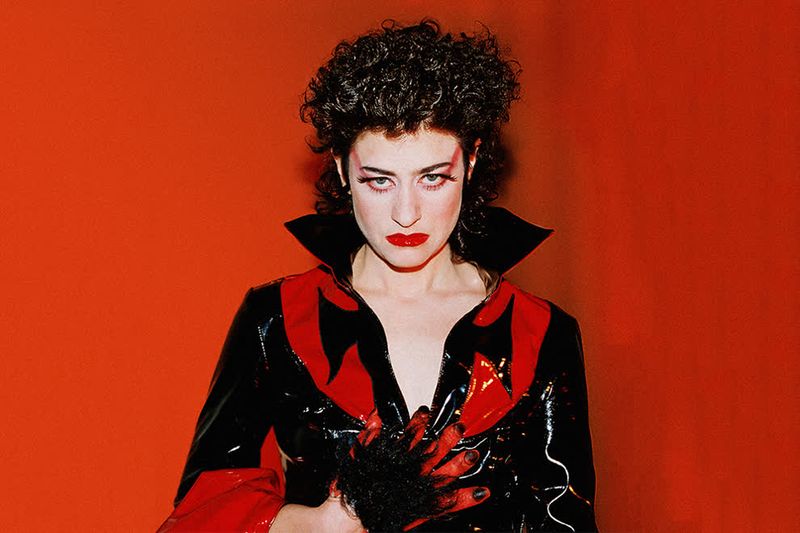
Music constantly evolves, with new genres popping up and disappearing before most of us even learn their names. These flash-in-the-pan musical movements often capture a specific moment in time, reflecting cultural shifts or technological advances. While some genres grow into lasting traditions, others burn brightly but briefly, leaving behind only devoted fans and curious historians. Here’s a look at ten musical genres that arrived with a bang but faded away almost as quickly.
1. Chillwave’s Dreamy Summer
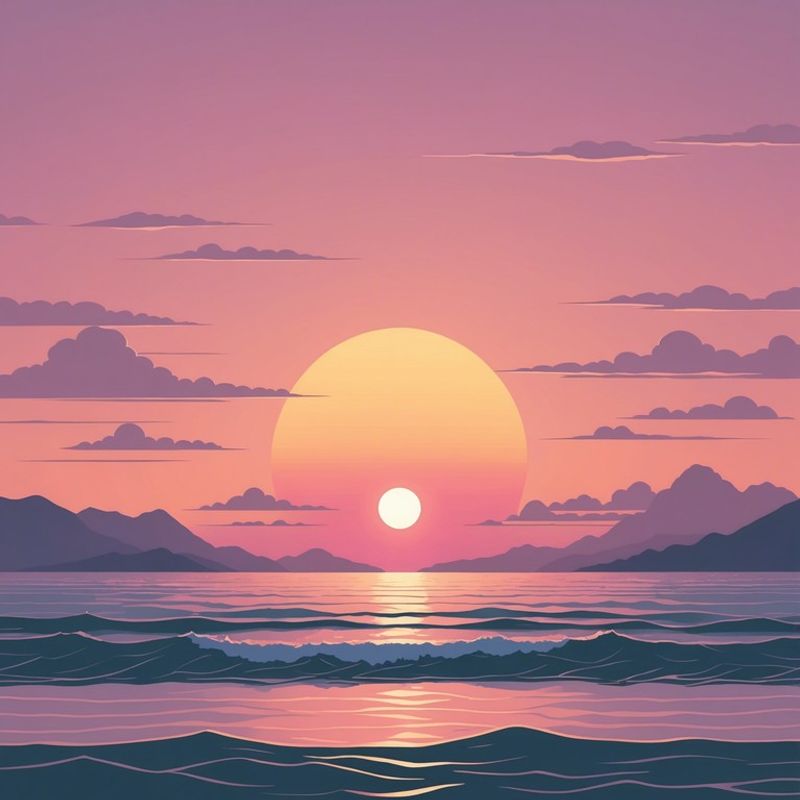
Emerging around 2009, chillwave created hazy, nostalgic soundscapes that felt like memories of summers that never happened. Artists like Washed Out and Toro y Moi crafted bedroom recordings with woozy synthesizers, muffled vocals, and lo-fi production techniques.
The genre peaked around 2010-2011 when it dominated music blogs and indie playlists. By 2013, many original chillwave artists had moved on to different sounds, leaving behind a brief but influential catalog of dreamy, sun-drenched tracks that still evoke a very specific time and feeling.
2. Electroclash’s Neon Revolution
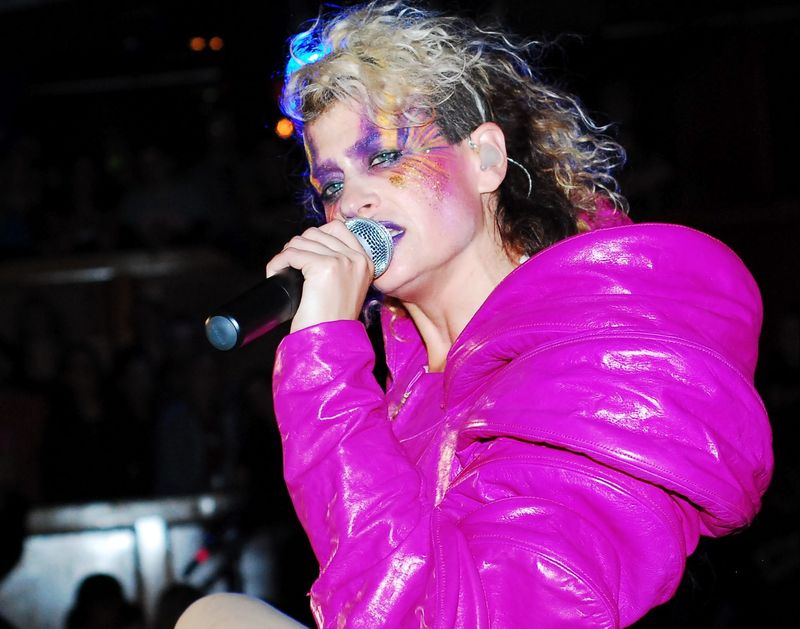
The early 2000s birthed electroclash, a rebellious fusion of 1980s synthpop and 1990s techno with punk attitude. Led by artists like Fischerspooner and Peaches, the genre embraced provocative lyrics, flamboyant fashion, and deliberately artificial sounds.
Centered in New York and Berlin club scenes, electroclash rejected the serious nature of electronic music at the time. Its influence peaked around 2002-2003 with its glamorous aesthetic and ironic sensibility. Though the movement faded by 2004, its DNA lives on in modern electropop and alternative dance music.
3. Seapunk’s Digital Ocean
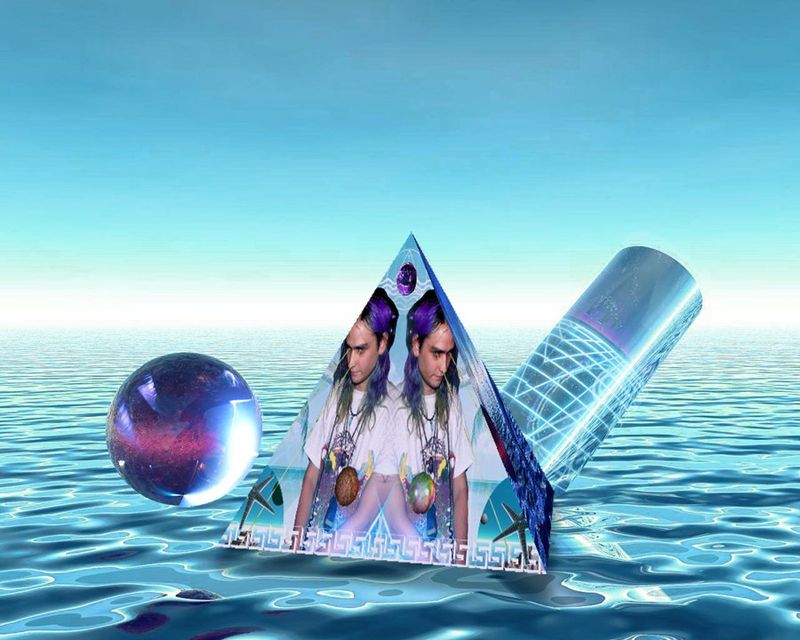
Born on Tumblr and Twitter in 2011, seapunk created an aesthetic universe of aquatic imagery, 3D graphics, and 1990s internet nostalgia. The musical style featured chopped-up R&B vocals, tropical house beats, and dolphin sounds layered over dreamy synthesizers.
Seapunk reached mainstream awareness when Rihanna performed on Saturday Night Live with distinctly seapunk-inspired visuals in 2012. This exposure paradoxically marked the beginning of the end. By 2013, the internet had moved on, leaving behind only digital artifacts of this uniquely online microgenre that briefly connected music, fashion, and internet culture.
4. Nu-Metal’s Angry Moment
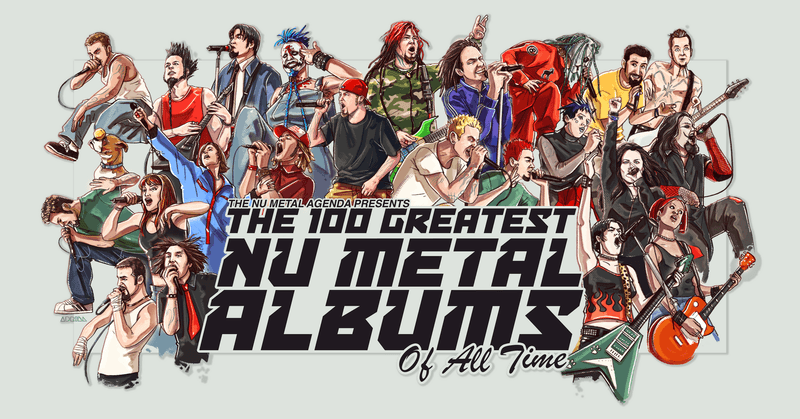
Angry teenagers of the late 1990s found their anthem in nu-metal, a genre that combined heavy metal with elements of hip-hop, industrial music, and grunge. Bands like Korn, Limp Bizkit, and Linkin Park dominated MTV and radio with their aggressive sounds and angsty lyrics.
The genre exploded commercially around 1998-2001, selling millions of albums and headlining massive festivals. By 2003, nu-metal had become a victim of its own success, with critics and even fans turning against its formulaic approach. Many bands either disbanded or dramatically changed their sound, marking one of music’s most dramatic rise-and-fall stories.
5. Bloghouse’s Digital Party
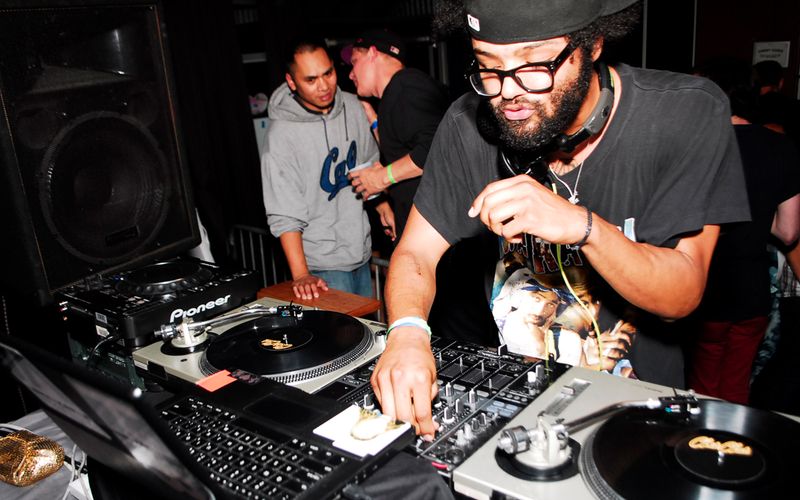
From approximately 2006 to 2009, bloghouse turned music blogs into virtual nightclubs where remixes and mashups reigned supreme. This DIY dance music movement thrived on platforms like MySpace and early music blogs, with artists like Justice, MSTRKRFT, and Simian Mobile Disco creating maximalist electronic music.
The genre was characterized by distorted basslines, chopped-up samples, and a distinctly amateur-yet-innovative approach to production. Bloghouse represented a moment when digital distribution democratized music sharing. As social media platforms evolved and major labels caught up to digital trends, the wild energy of bloghouse dissolved into more polished electronic genres.
6. Witch House’s Dark Spells
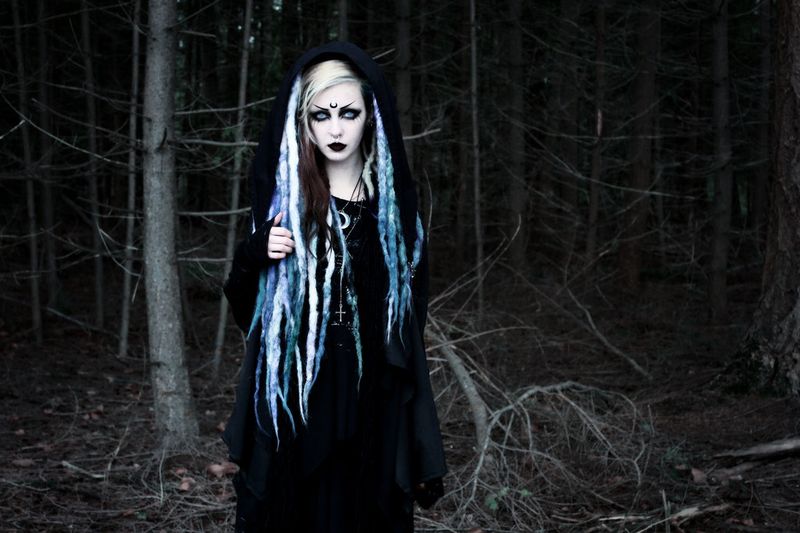
Around 2010, witch house emerged from the digital underground with its occult symbolism and deliberately difficult-to-Google band names like †‡† (pronounced “Crosses”). The sound combined chopped and screwed techniques with industrial noise, ethereal vocals, and horror movie samples.
Salem, oOoOO, and White Ring created haunting soundscapes that captured a particular internet-age anxiety. The genre’s mysterious aesthetic was as important as its sound, with triangles, crosses, and Unicode symbols dominating its visual language. By 2012, witch house had largely vanished back into the shadows, though its influence can still be heard in certain corners of experimental electronic music.
7. New Rave’s Fluorescent Flash
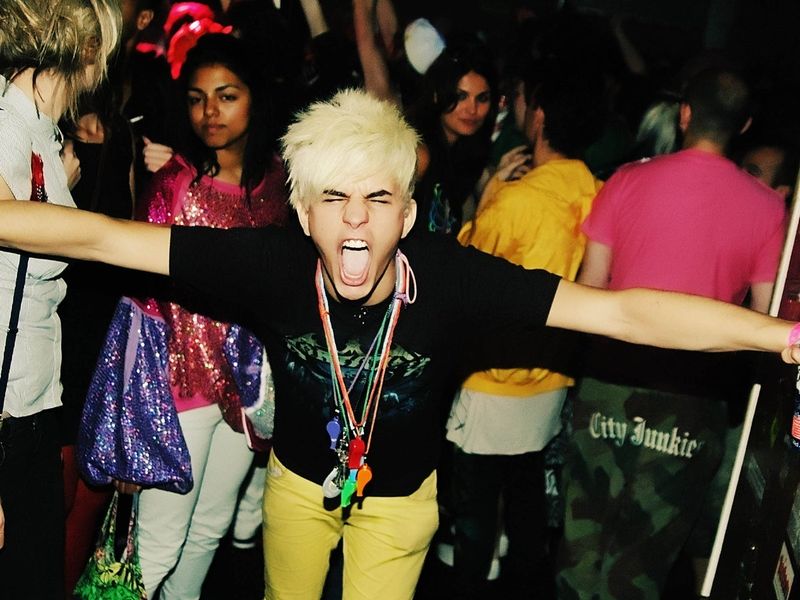
In mid-2000s Britain, new rave exploded in a blur of glow sticks and neon hoodies. Bands like Klaxons, New Young Pony Club, and Late of the Pier combined indie rock structures with electronic dance elements and psychedelic influences, creating a sound that was both nostalgic and forward-looking.
The term was initially coined somewhat ironically by the music press but quickly became a genuine cultural phenomenon. Between 2006 and 2008, new rave dominated UK festivals and club nights. As quickly as it appeared, the scene faded, with many of its leading lights moving toward more conventional indie rock or electronic music by 2009.
8. Vaporwave’s Digital Nostalgia

Vaporwave materialized around 2010 as both music genre and art movement, built on slowed-down samples of 1980s muzak, smooth jazz, and corporate background music. Pioneering artists like Macintosh Plus and Chuck Person created dreamlike soundscapes that commented on consumer capitalism and digital culture.
The aesthetic combined early internet imagery, classical statues, and Japanese text with pastel colors and glitch effects. Though vaporwave’s initial wave crested around 2013-2014, it may be the most influential genre on this list. Its visual language has permeated mainstream design, and its sound concepts have evolved into more enduring offshoots like future funk.
9. Dubstep’s Wobble and Drop
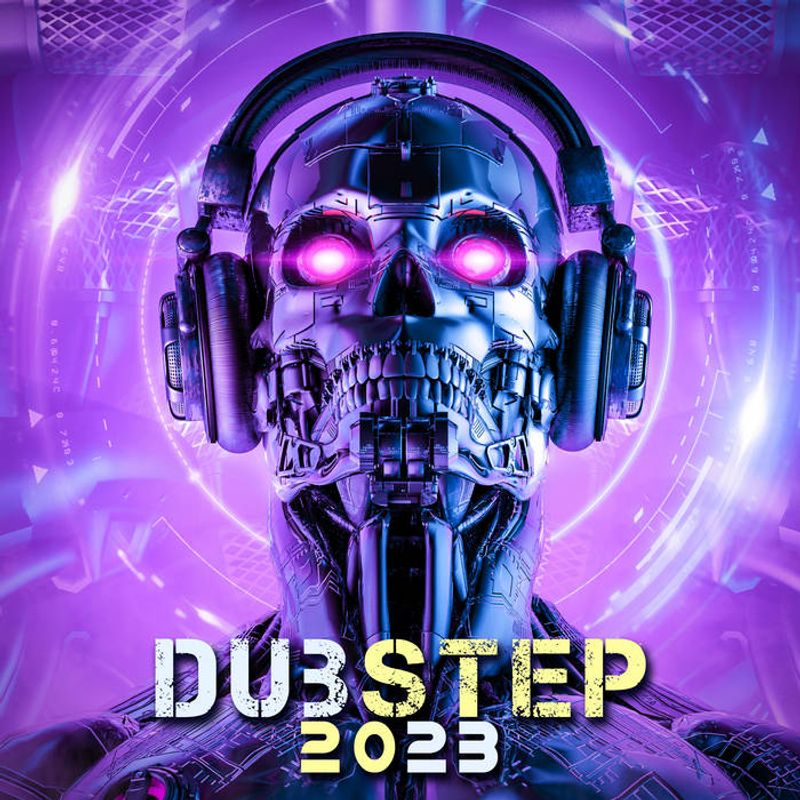
Original dubstep emerged from South London around 2002, featuring sparse rhythms, heavy sub-bass, and a meditative, almost spiritual quality. Artists like Burial and Digital Mystikz created atmospheric soundscapes that emphasized space and tension.
Around 2010, American producers like Skrillex transformed the genre with aggressive synthesizer wobbles and dramatic bass drops, creating what many called “brostep.” This evolution brought dubstep massive mainstream success between 2010-2012. By 2014, the wobble-heavy style had largely disappeared from popular music, though the original, more subtle form continues to influence electronic music producers worldwide.
10. Hypnagogic Pop’s Dream State
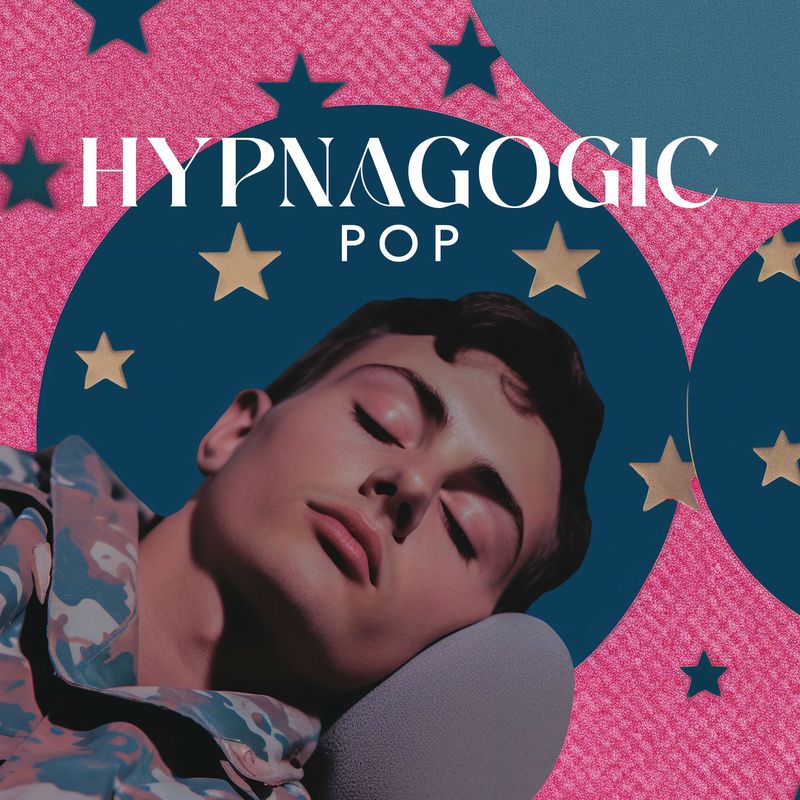
Around 2009, musicians began creating sounds that seemed pulled directly from half-remembered dreams about 1970s and 80s pop culture. Hypnagogic pop, named after the transitional state between wakefulness and sleep, used tape hiss, degraded samples, and woozy production to create a sense of faded memory.
Artists like James Ferraro and Ariel Pink recorded music that felt like forgotten soundtrack cassettes or warped radio transmissions from another dimension. Though the term was mostly abandoned by 2012, the genre’s approach to nostalgia and lo-fi aesthetics has influenced countless bedroom producers and continues to shape how we think about memory in music.

Comments
Loading…